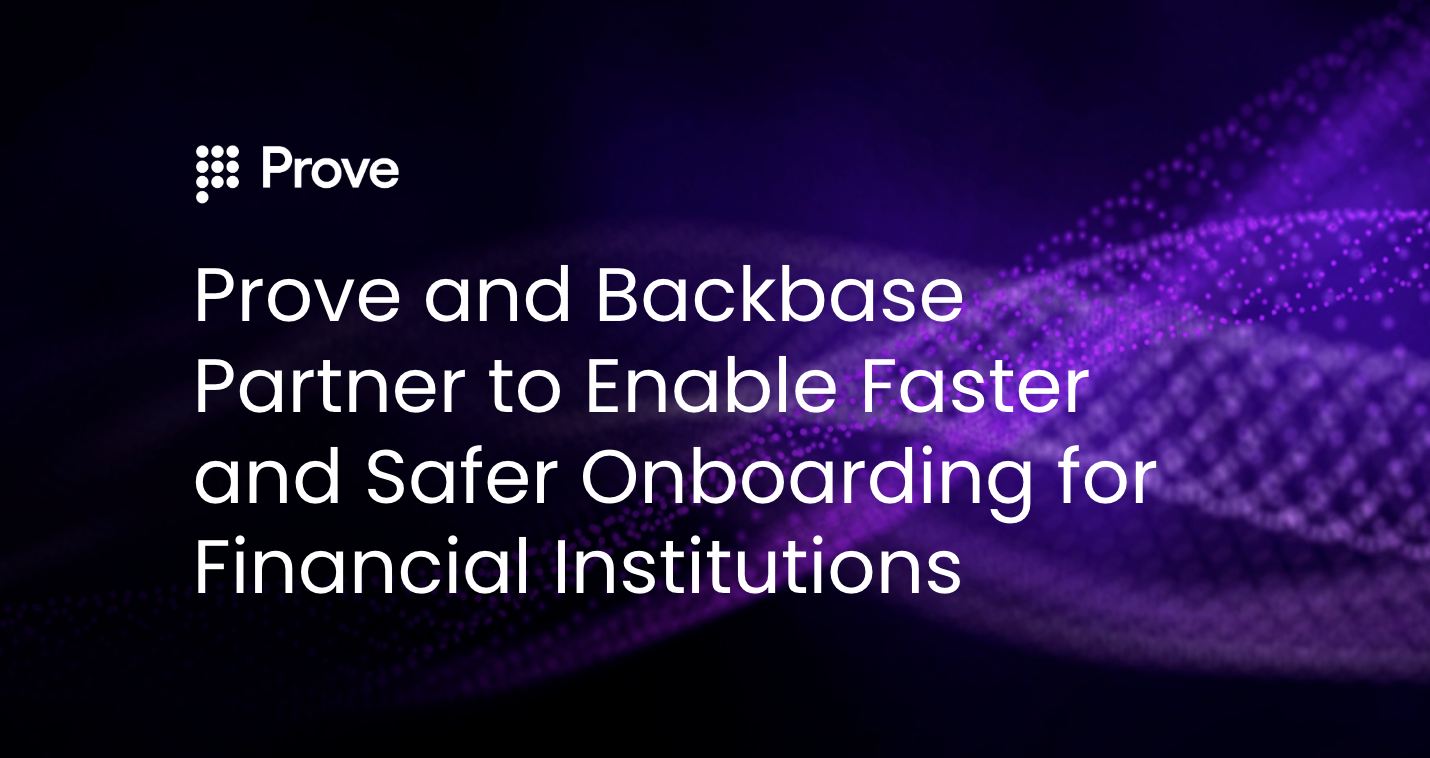Document Verification: An Outdated Identity Check in the Digital Age


Relying on physical documents for identity verification is no longer necessary. In an age where our smartphones have become almost like extensions of ourselves, the identity assurance achieved through smartphone possession and data is a natural evolution. While document verification might have been a necessary step in the past, document verification efficacy has been upended by AI and synthetic identities
It’s important for risk, identity, and customer experience professionals to understand the diminishing value of traditional document verification in the era of AI-generated images and increasing synthetic identities as well as other options available in the market.
The National Institute of Standards and Technology (NIST) puts an emphasis on "adequate methods” by which organizations need to ensure they are using appropriate, well-documented, and validated methods for cybersecurity risk management. As it relates to digital identity, NIST is a leading authority on guidelines that advocate for flexibility in identity verification methods. In this blog, we will demonstrate how Prove's phone-centric approach achieves that, and is generally revolutionizing identity verification.
NIST's Stance on Identity Verification
The NIST Digital Identity Guidelines emphasize the importance of using "adequate methods" to verify identity, rather than mandating any specific technique. NIST Special Publication 800-63-3 Section 4.3.1 spells this out: "The strength of authentication systems is largely determined by the number of factors incorporated by the system — the more factors employed, the more robust the authentication system. For the purposes of these guidelines, using two factors is adequate to meet the highest security requirements." The factors are: 1) what you have, 2) what you know, and 3) what you are.
The key word here is "adequate". This implies that organizations have the discretion to choose verification methods that align with their specific needs and risk tolerance. And in a world of rapidly evolving technology and threats, the definition of “adequate” authentication methods is constantly shifting.
The Limitations and Vulnerabilities of Document Verification
Document verification, which typically involves checking passports, driver's licenses, or other physical credentials, is riddled with inefficiencies and limitations, which include that it is:
- Susceptible to fraud: Forged documents remain a persistent threat. Sophisticated counterfeiters can produce replicas that are increasingly difficult to detect with the naked eye. Additionally, AI generated images and deep fakes are becoming more realistic and are capable of bypassing most existing verification models.
- Inconvenient and time-consuming: The process of physically presenting and verifying documents adds friction to both online and offline interactions.
- Exclusionary: Those without readily available government-issued documents face barriers to accessing essential services.
Prove's Phone-Centric Approach: The Modern Solution
Prove's PRO Model℠ offers a modern approach to identity verification and authentication, built on three core principles: Possession, Reputation, and Ownership. This model leverages the inherent capabilities of mobile devices to create a secure and robust process.
Possession: This verifies that the customer physically has their phone. This quickly determines if the interaction is with the legitimate customer or a potential imposter.
Reputation: This assesses the risk level associated with a phone number by identifying suspicious behaviors or changes. Signals related to burner phones, SIM swaps, and recently registered numbers often exhibit red flags. Prove's Trust Score® solution provides a near real-time, dynamic assessment of a phone number's reputation, enabling companies to proactively detect and mitigate fraud, such as SIM swap fraud and account takeovers.
Ownership: This confirms that the phone number truly belongs to the individual. By verifying ownership, businesses can prevent fraudsters from using stolen or spoofed numbers. Prove achieves this through various methods, including analyzing carrier data and matching the phone number to identity.
By combining these three precepts, Prove's PRO Model℠ provides a comprehensive solution for establishing trust and mitigating fraud in today's digital world. This approach streamlines identity verification processes across various customer touchpoints, from onboarding to ongoing authentication and account servicing.
By utilizing a phone's unique identifiers and inherent security features, Prove ensures both accuracy and user-friendliness. Consider the advantages this delivers:
- The phone becomes a trusted identifier: Our phones are constantly with us and contain a wealth of verifiable information. Prove taps into this digital fingerprint, analyzing data points such as:some text
- Phone number tenure: How long has this number been associated with the user? Longer tenure indicates a higher likelihood of legitimate ownership.
- SIM card data: Is the SIM card active and in good standing with the carrier? This helps confirm possession and reduce the risk of SIM swap fraud.
- Users get a seamless experience: Users no longer need to dig out physical documents or remember complex passwords. Prove's verification typically involves a simple, one-click authentication within the client’s mobile app or a quick SMS confirmation.
- The benefit of enhanced security: Mobile phone networks and devices offer multiple layers of protection against unauthorized access. Prove adds further safeguards with features like near real-time risk assessment and behavioral biometrics against unauthorized access.
Embracing the Future of Identity Verification
The digital age demands digital solutions. As technology continues to advance, it's imperative that our identity verification methods evolve alongside it. Document verification, while historically significant, is becoming increasingly inadequate. By embracing phone-centric approaches like Prove's, we can create a safer, more inclusive, and more efficient identity verification landscape.

Keep reading
 Read the article: Prove Launches Global Identity Graph to Redefine Digital Trust for 90% of Digital Consumers
Read the article: Prove Launches Global Identity Graph to Redefine Digital Trust for 90% of Digital ConsumersProve has launched its Global Identity Graph, a foundational platform that connects verified human identities to their digital tokens, redefining digital trust and enabling instant, frictionless, and secure engagement for over 90% of digital consumers worldwide.
 Read the article: Prove Partners with Hard Rock Bet to Deliver Elite Onboarding and Enhance Player Experience
Read the article: Prove Partners with Hard Rock Bet to Deliver Elite Onboarding and Enhance Player ExperienceProve and Hard Rock Bet partner to deliver elite player onboarding by using Prove Pre-Fill® to instantly verify identities, streamline signup, and enhance security in online gaming.
 Read the article: Prove and Backbase Partner to Enable Faster and Safer Onboarding for Financial Institutions
Read the article: Prove and Backbase Partner to Enable Faster and Safer Onboarding for Financial InstitutionsThe Prove Pre-Fill solution integrates with Backbase’s AI-powered Banking Platform to reduce fraud, streamline data entry, and improve digital account opening experiences.












